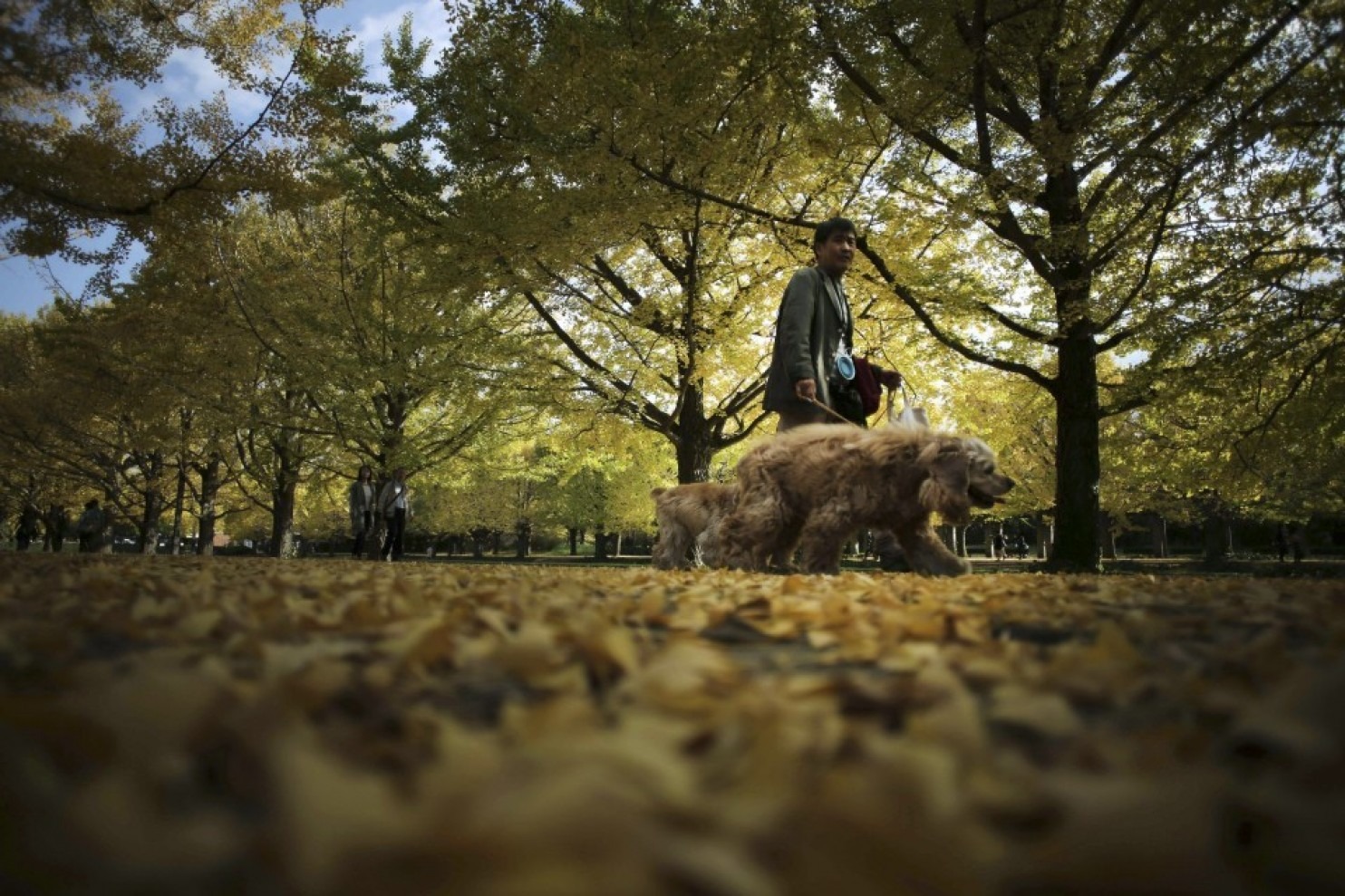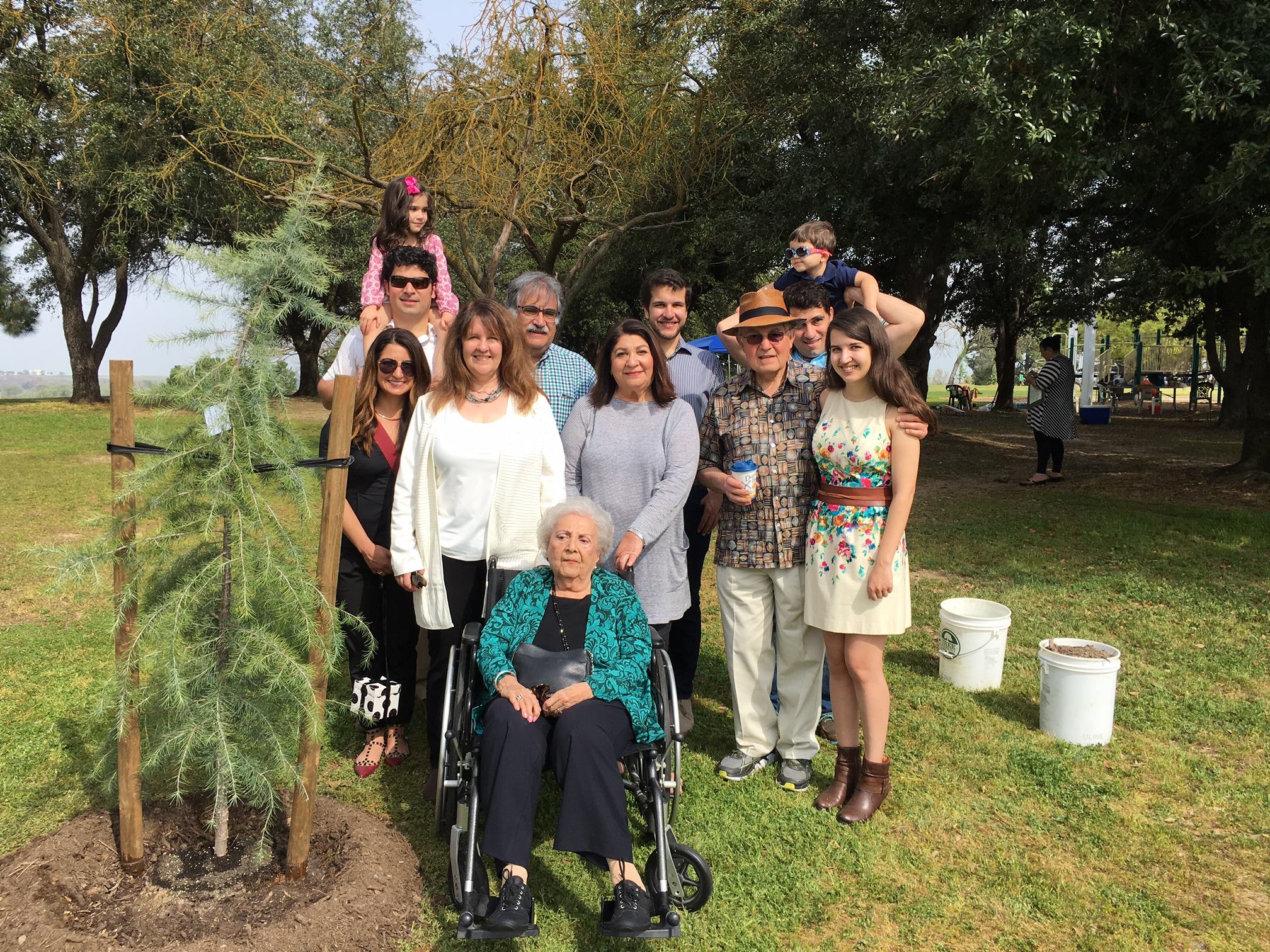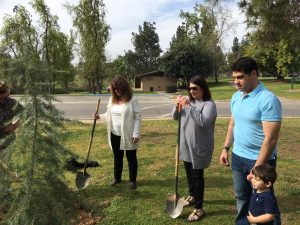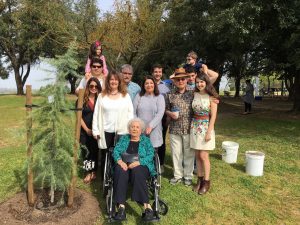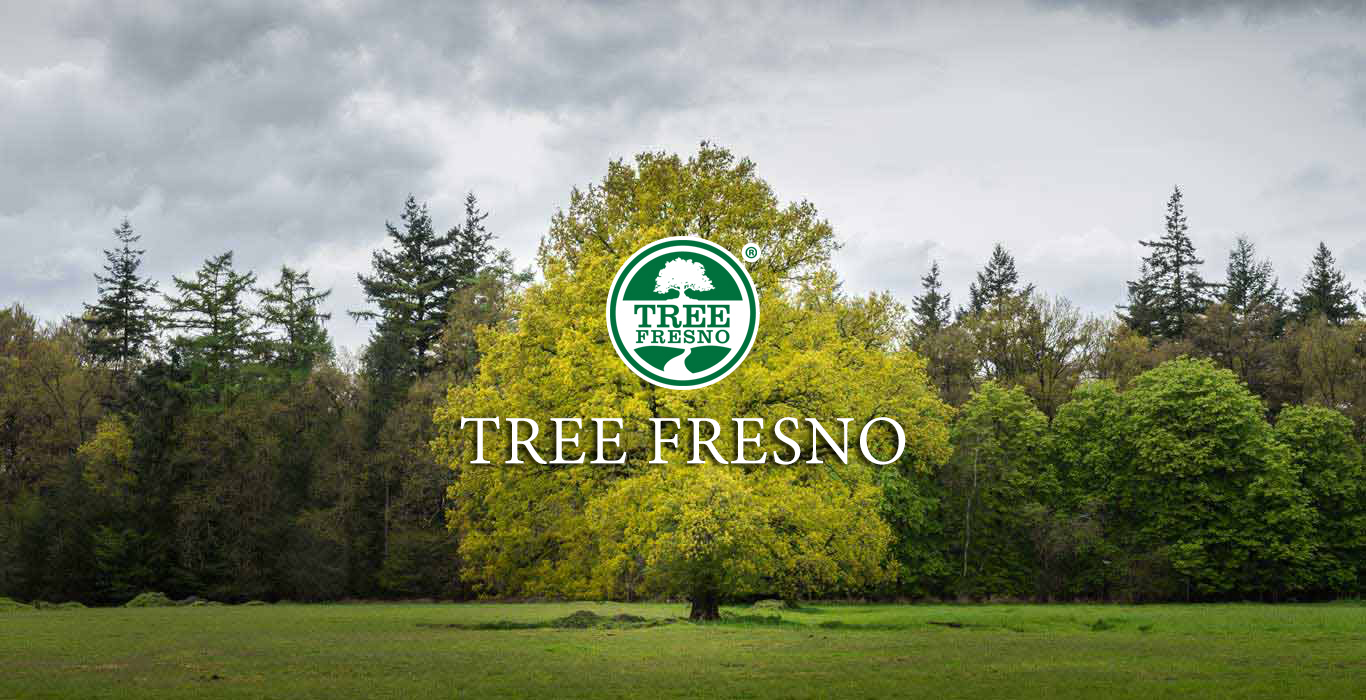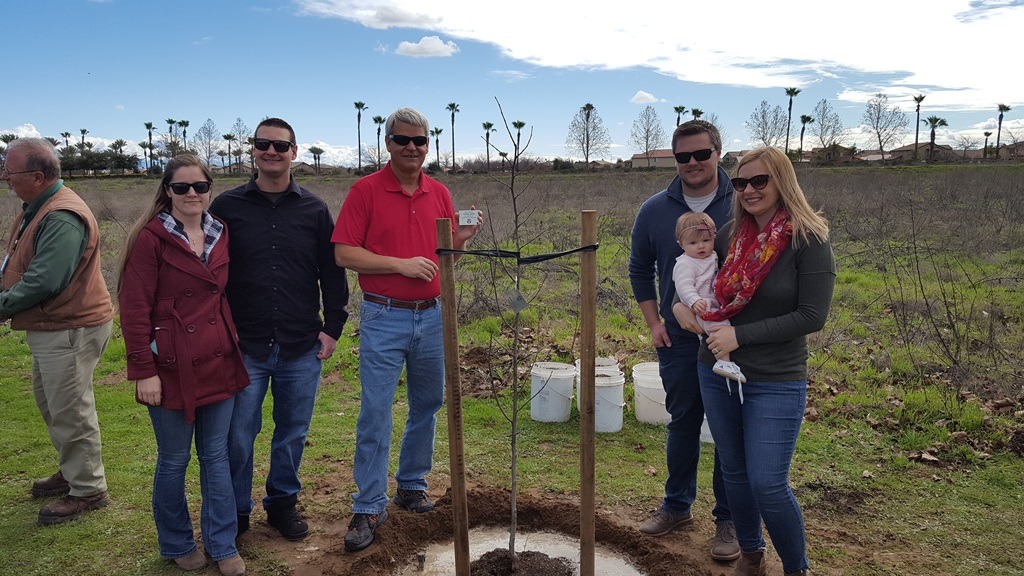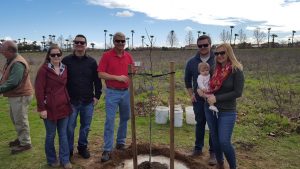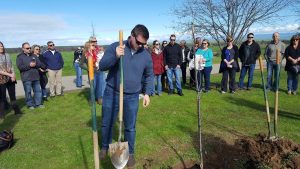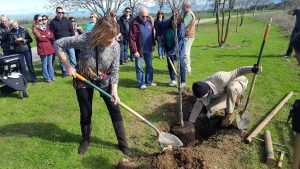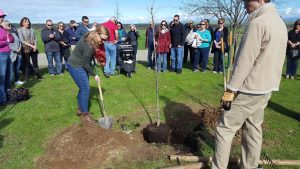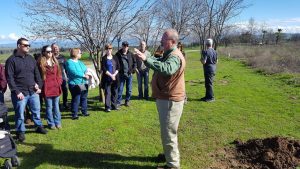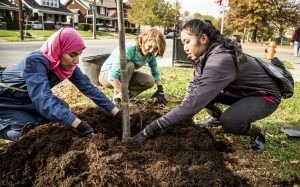
Denver, CO / Arlington, VA (October 31, 2016) – A new study from The Nature Conservancy finds that an investment in tree planting of just US $4 per resident in some of the world’s largest cities could improve the health of tens of millions of people by reducing air pollution and cooling city streets.
Released at the American Public Health Association annual meeting, the “Planting Healthy Air” study applies well-established research into how trees clean and cool the air locally at a global scale to identify those places where an investment in tree planting can make the biggest impact on people’s lives.
The Conservancy partnered with the C40 Cities Climate Leadership group to develop the study, with the aim of providing urban leaders with the data they need to demonstrate that investments in tree planting can improve public health in their cities.
“Trees can have a significant local impact on pollution levels and temperatures,” said Rob McDonald, lead scientist for global cities at The Nature Conservancy and the study’s primary author. “Urban trees can save lives and are just as cost-effective as more traditional solutions like putting scrubbers on smokestacks or painting roofs white.”
(ALL RIGHTS) November 2015. The Brightside Organization, The Nature Conservancy, UPS and Brown-Forman partnered to plant 150 trees along West Broadway from 20th Street to the end at Shawnee Park in Louisville, Kentucky. Photo credit: © The Nature Conservancy (Devan King)
The challenges facing cities are significant, but trees can be an important part of the solution:
- Every year, more than 3 million people die from the effects of fine particulate matter – air pollution so small that it can enter the bloodstream and lungs, causing such ailments as asthma, heart disease and stroke. In cities, much of this pollution comes from the burning of fossil fuels, including in car engines. Trees can remove as much as a quarter of the particulate matter pollution within a few hundred yards, and when planted in the right places, can offer a very effective barrier, filtering bad air and protecting local residents.
- Urban heat is already the deadliest type of weather-related disaster facing the world, and the impacts will only increase as our climate continues to change. In France in 2003, a summer heat wave killed approximately 11,000 people in one week, so many that the Paris city morgue was overwhelmed and the bodies had to be stored at a vegetable market. The most vulnerable to deadly heat waves are elderly people without access to air conditioning. Trees can cool their immediate vicinity by as much as 2 degrees C, offering a means of protecting people from the impacts of a changing climate.
The Conservancy’s Planting Healthy Air study found that an annual global investment of US $100 million in tree planting could provide 77 million people with cooler cities and 68 million people with measurable reductions in particulate matter pollution.
Cities with high population density, high levels pollution and heat, and a low cost of planting trees showed the highest return on investment, with countries like India, Pakistan and Bangladesh topping the global rankings. But the data also shows neighborhoods in every city that offer a high potential benefit to residents from tree planting.
Trees are the only solution that both clean and cool the air, while simultaneously offering other benefits, including urban green space for residents, habitat for wildlife and carbon sequestration. Tree planting is a solution that mayors and other municipal leaders around the globe can implement to improve the lives of residents within their communities, reducing air pollution and slowing climate change.
“Trees alone cannot solve all of the world’s urban air and heat challenges, but they’re an important piece of the solution,” McDonald said.

